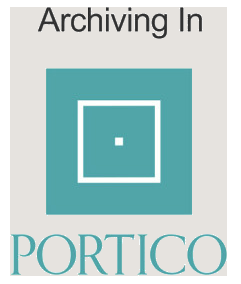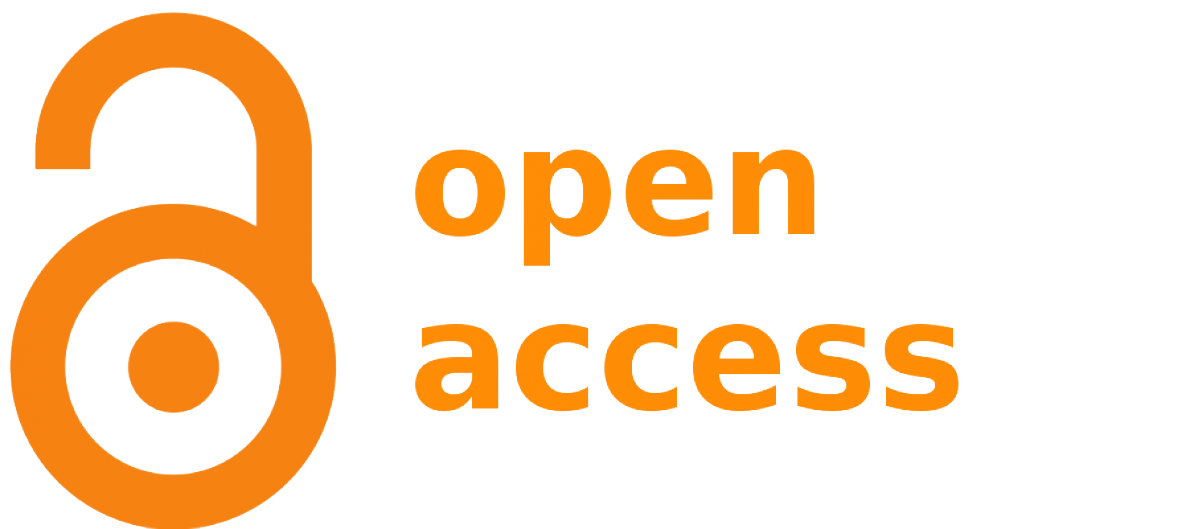Editorial Process
Note: In writing this statement of editorial process, we have borrowed liberally from the excellent statement of editorial process for the online journal Composition Forum.
We value editorial transparency and provide the following details about our editorial process as co-managing editors, and what you can expect if you submit an article for review for publication beginning with Volume 2, which will be published in two issues: July and December of 2024.
1. When we receive a manuscript, one of the managing editors is assigned as “lead editor” and then replies to the author of the manuscript with confirmation of receipt. The “lead editor” determines if the manuscript should be sent out for review, solicits reviewers, and shepherds the manuscript through the review process, communicating with you and the reviewers.
2. During this initial review, we are looking for manuscripts that are well-organized and easily navigable, and that “turn toward being” within a discipline or field of inquiry, activity, creativity, etc. The central set of criteria the editors and peer reviewers will use to evaluate any manuscript include the following:
- Manuscripts should engage primarily with ontological inquiry as it is practiced, theorized, and expressed within a given context and/or discipline. That is, what must be present is the contribution of ontological inquiry to whatever the writer is dealing with (whether in their academic field, or in any arena of activity that is the focus of the study).
- Manuscripts should impact the reader. That is, manuscripts that engage with ontological inquiry very often include a strong subjective perspective that, in the performance of the inquiry itself, brings the reader to undergo the inquiry with the writer, leaving the reader impacted.
- At the same time, manuscripts should engage rigorously with the conventions of the genre the writer has chosen to work with. For instance, if the writer is working within a specific discipline and is revealing the potential impact of ontological inquiry on a specific controversy in that discipline, the writer will need to engage with those pertinent conversations in that discipline in their manuscript.
- Note: We encourage peer reviewers to be generous: we are opening up new ground in this journal, and the submissions may depart from more established disciplinary expectations. For instance, a manuscript may be written as a manifesto, while another as an autoethnography, another as a theoretical/historical approach, and another as a multi-genre lyric essay. In any case, what we are looking for (what must be present) is “turning toward being,” where the writer shares from the realm of subjective perspectives on reality, which perspectives are given by ontological concerns rather than merely epistemological concerns.
3. If the lead editor has concerns about the manuscript in these or other areas, they will ask the co-editors for a second opinion on whether the manuscript should be sent out for review.
4. The lead editor will notify the author within two weeks of receiving the submission to let the author know if the manuscript will be sent out for review.
5. If we decide to send out the manuscript to review, available reviewers will be sought who have interest and expertise in the area of the manuscript.
6. Authors must anonymize their manuscript at the time of submission, and this will be confirmed before sending it to the reviewers. (Sometimes this process is called “double blind” review in that the reviewers don’t know who the author is and vice versa, nor do they know who the other reviewer is. To avoid the ableist implication of this phrase, we use the term “anonymous review.”)
7. Reviewers are sent a description of the journal and they are asked to offer feedback regarding the manuscript, specifically whether—in their qualified estimation—its publication would contribute to the ongoing scholarship that addresses ontological inquiry, and contribute to the quality of the journal. Aside from the general criteria given in #2 above, reviewers are not given a specific “rubric” for assessing the manuscript; the editors honor the experience and expertise of the reviewers, and thus privilege the way they choose to engage with the content and structure of the piece.
8. Typically, reviewers write 1-2 pages of single-spaced feedback; some reviewers also provide in-line edits or comments within the manuscript. Upon receiving both of these reviews (usually within 60 days of their agreement to review), the editors write a cover letter to the author summarizing the reviewer feedback and giving an outcome of “accept” (with or without revisions), “revise and resubmit,” or “reject.” The editors will send the author this cover letter together with both reviews (also anonymized).
9. If the reviewers offer differing recommendations, the lead editor has the discretion to either make the final decision or solicit a third reviewer. If the lead editor chooses to send out the manuscript to a third reviewer, this may add up to 60 days to the process.
10. Authors who receive a revise and resubmit request will have 6 months from the date of receiving the letter to submit a revised manuscript, together with a cover letter explaining the revisions made.
11. These materials will be sent to the same two reviewers who initially read the first manuscript. At this point, they can accept the piece with minor revisions or reject the piece. However, if the manuscript does not meet the criteria to be included in the peer-reviewed section of the journal, but still is relevant--it contributes to the mission of the journal--the manuscript may be included in the "Notes from the Field" section of the journal and reviewers may make that recommendation to the editorial team. Reviewers have 60 days to make this decision.
12. Once the reviews of the revised manuscript are in, the lead editor will send the author a final outcome letter indicating an acceptance and target publication date or with an explanation, based on the reviews and our editorial assessment, of why the manuscript was not accepted.
13. Upon acceptance of a manuscript, both reviewers and the author will be invited to have their identities disclosed to each other, in the spirit of expanding and deepening the conversations surrounding and supporting the pursuit of ontological inquiry.






